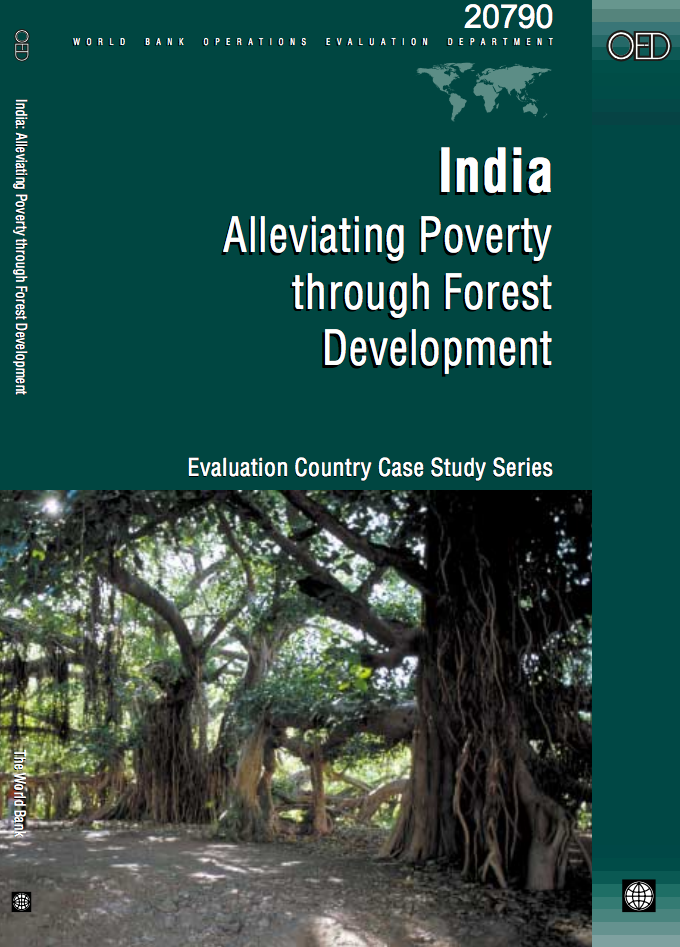Mauritania - Regulatory Reform, Market Performance and Poverty Reduction : The Imperative for Reform
Regulatory reform in all its
aspects--deregulation, re-regulation, simplification, and
building new institutional capacities for developing and
applying high quality market rules--should be integrated
throughout Mauritania's efforts to generate the growth
and market development needed to combat poverty, improve
standards of living, and lay the foundation for a
sustainable development. This report identifies practical


